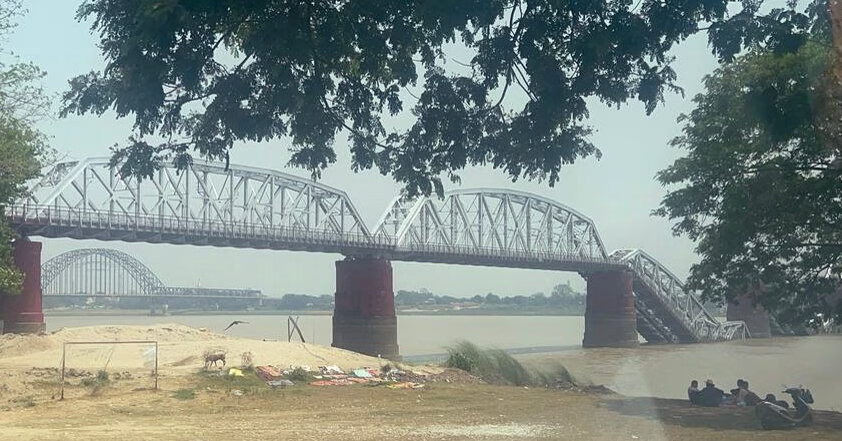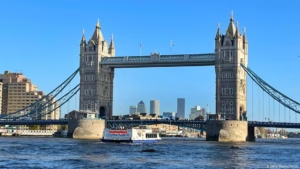Three days after Myanmar’s most devastating earthquake in over a century struck the war-torn city of Sagaing, leaving thousands homeless and in dire need, international aid had only just begun to trickle in. The city’s 300,000 residents, already isolated due to the military’s ongoing engagements with rebels and severed internet connections, were left largely to fend for themselves. Damaged infrastructure, including roads and a closed bridge due to safety concerns, further hampered access to aid. As of Monday, some international aid groups started arriving, but local volunteers reported being blocked by the military from participating in search and rescue efforts, requiring permission from authorities to provide assistance.
The military government reported a steep increase in casualties from the earthquake, with the death toll jumping to 2,056 and over 3,900 injured; the U.S. Geological Survey’s preliminary estimates suggested the fatalities could exceed 10,000. The focus of search-and-rescue operations was on Mandalay and Naypyidaw, the seat of the country’s military leaders, with many pleading for foreign governments to redirect aid towards Sagaing, which suffered extensive damage.
In Sagaing, soldiers were present at checkpoints but not actively involved in search and rescue efforts. The overwhelmed main hospital, filled beyond capacity, saw citizens wrapping their dead in white cloth. The city’s residents, facing a shortage of basic necessities, were found sleeping on the streets, lacking power, food, and water.
Despite the junta’s rare call for international aid, access to Sagaing remained restricted, with aid trucks occasionally detained at military checkpoints. Malaysia’s 50-member trauma response team became the first foreign rescue team to enter Sagaing. Myanmar’s military regime, led by Senior Gen. Min Aung Hlaing, has been engaged in a brutal conflict with rebel forces in Sagaing, which became a hotbed of resistance following the coup. The region also suffers from pre-existing issues like lack of clean water, power outages, and significant displacement due to ongoing military actions, aggravated by the earthquake’s impact.
Expressing the city’s dire condition, a resident, Win Mar, recounted the loss of her family and home, highlighting the city’s isolation due to disrupted internet and weak phone signals. Joe Freeman of Amnesty International expressed concern over the military’s history of blocking aid. A volunteer, Thant Zin, lamented the ineffectiveness of relief efforts and the critical need for equipment to manage the disaster. The military’s closure of the main bridge connecting Mandalay and Sagaing compounded the difficulties in delivering aid, forcing organizations like the World Food Program to use ferries. Unicef, however, managed to reach Sagaing without issues at checkpoints, signaling a cautious hope for the flow of humanitarian aid in the face of significant bureaucratic and military obstacles.
Source: https://www.nytimes.com/2025/03/31/world/asia/myanmar-earthquake-rescue.html





